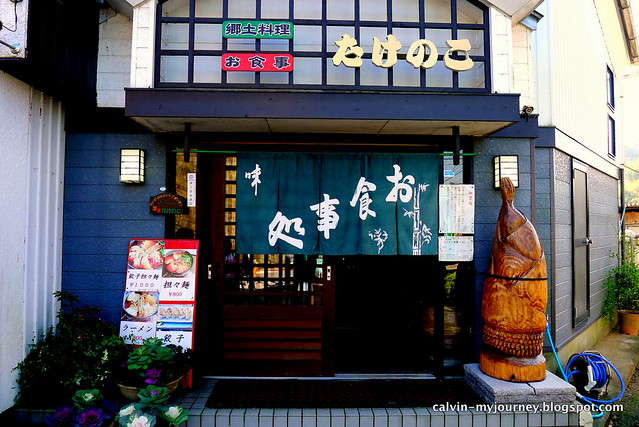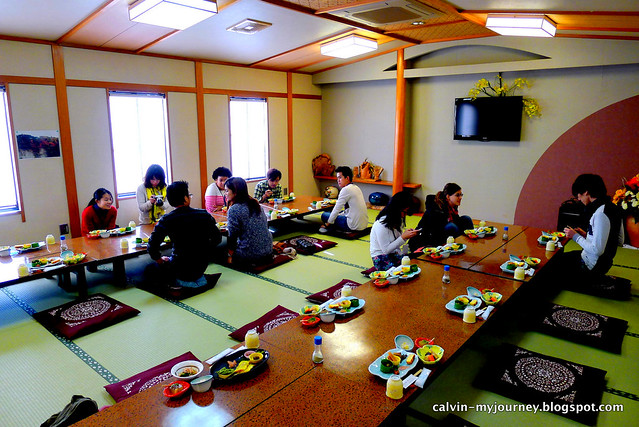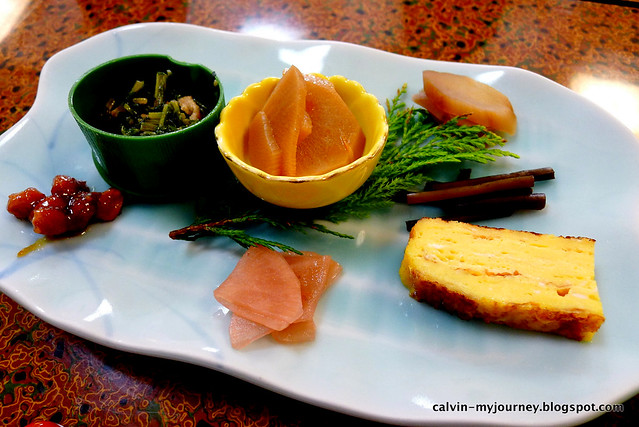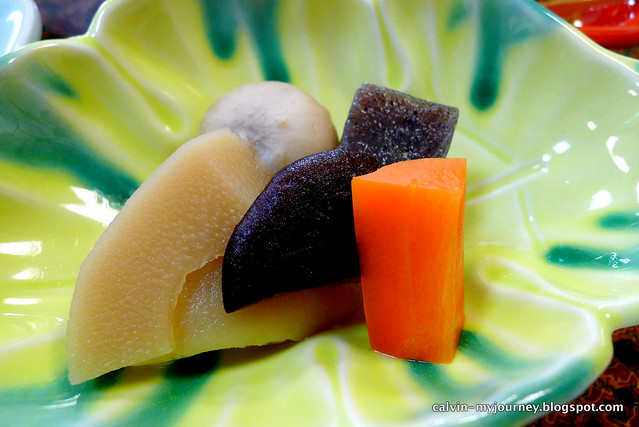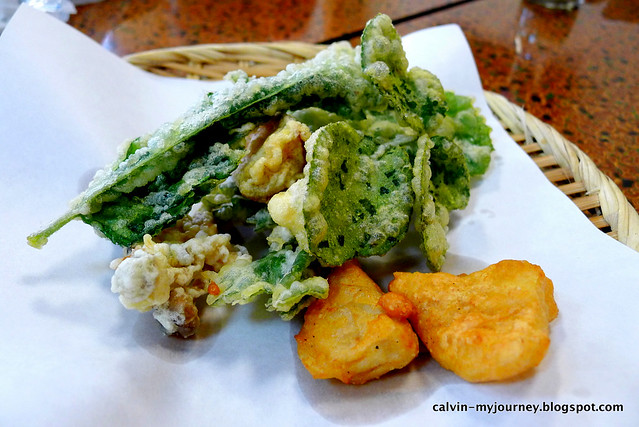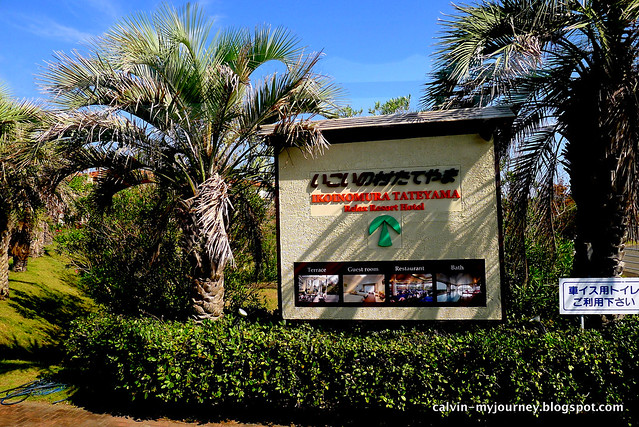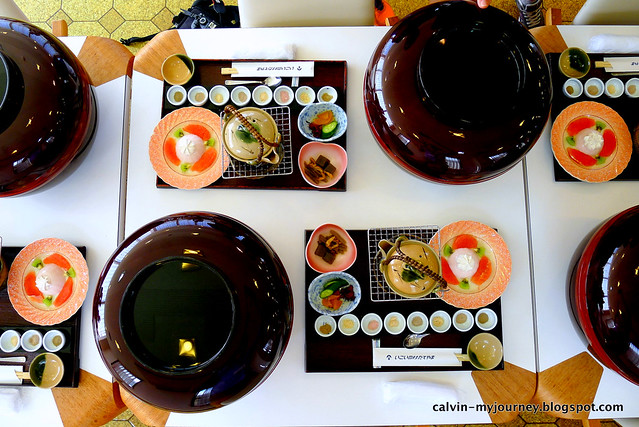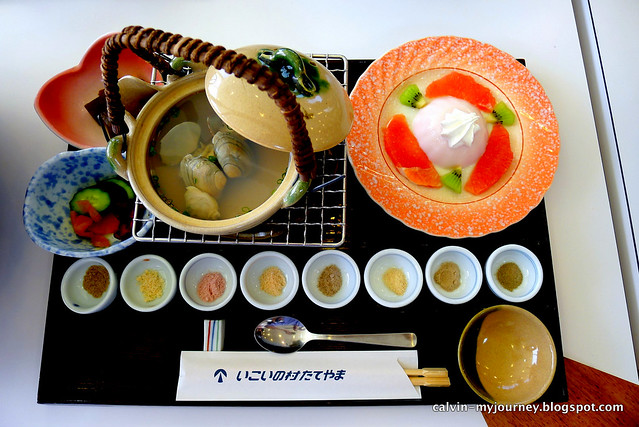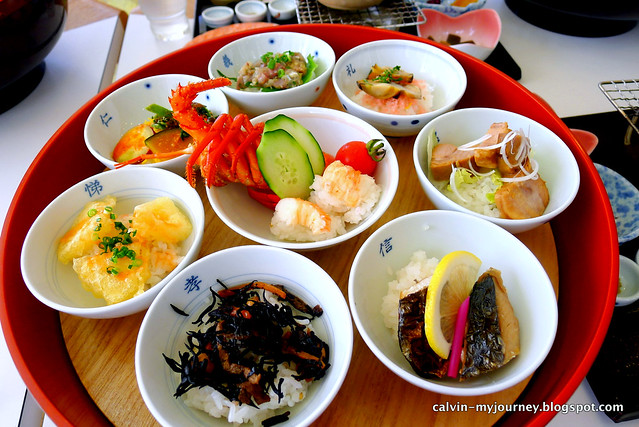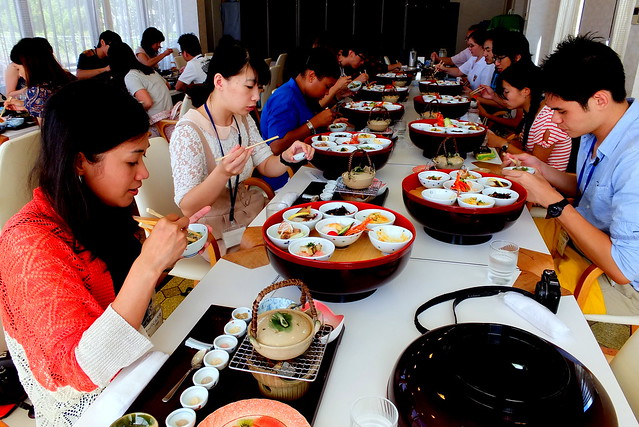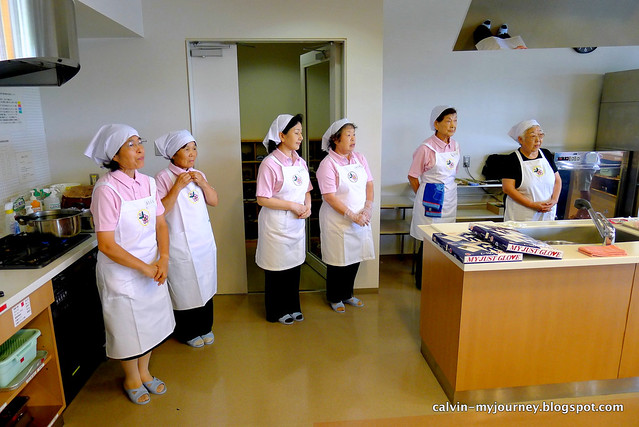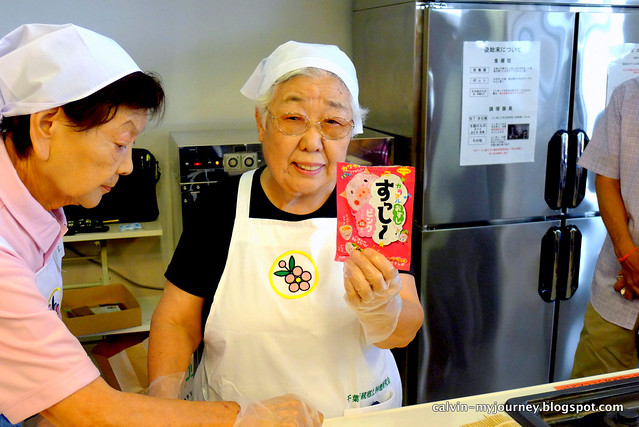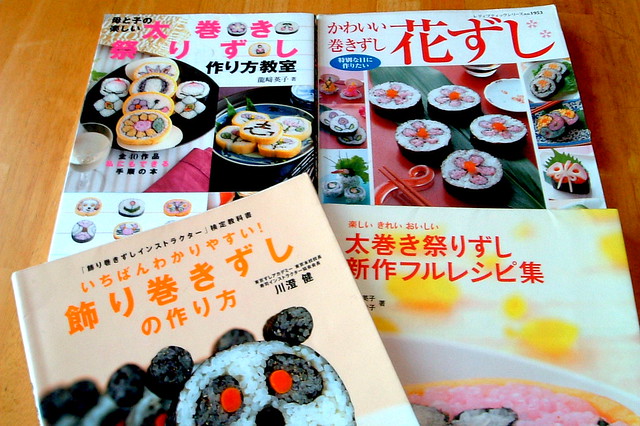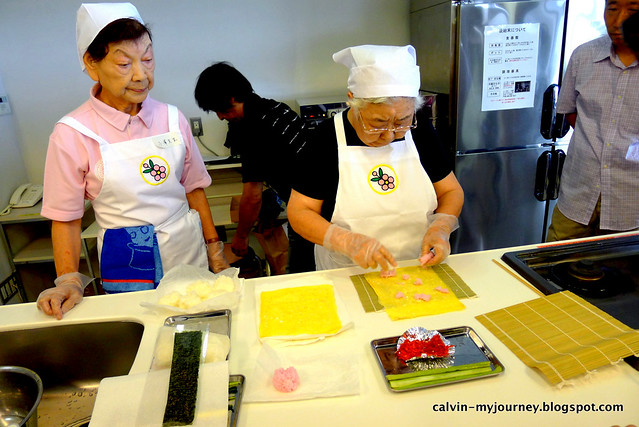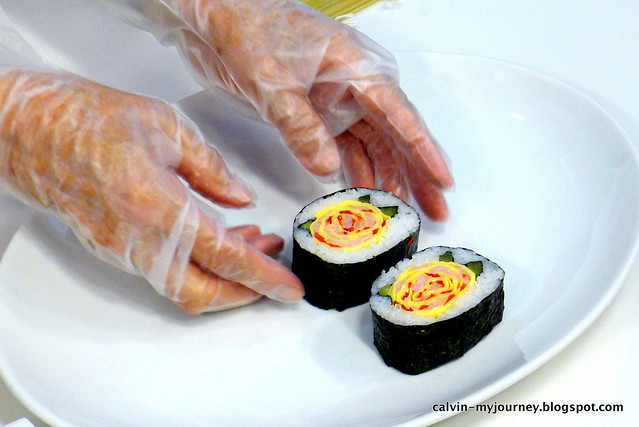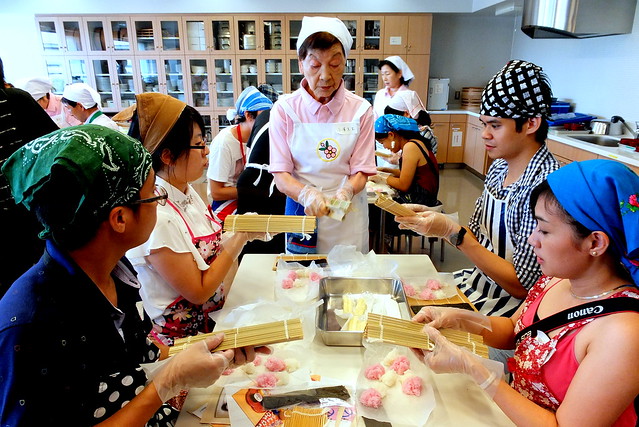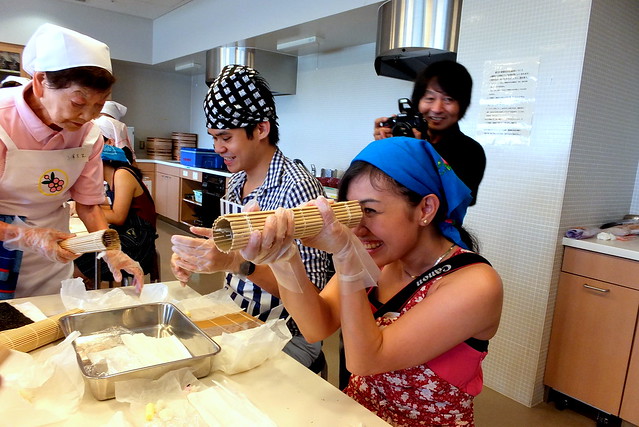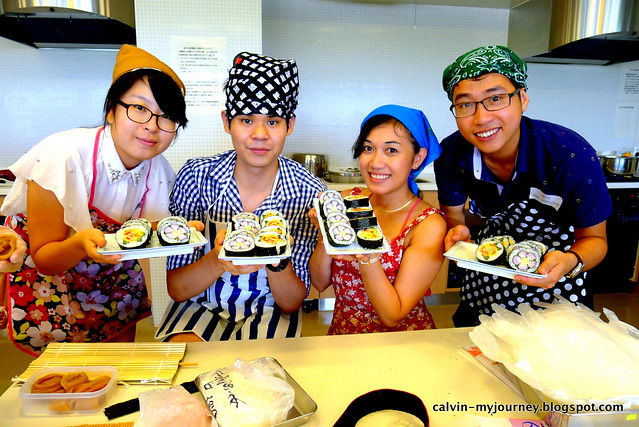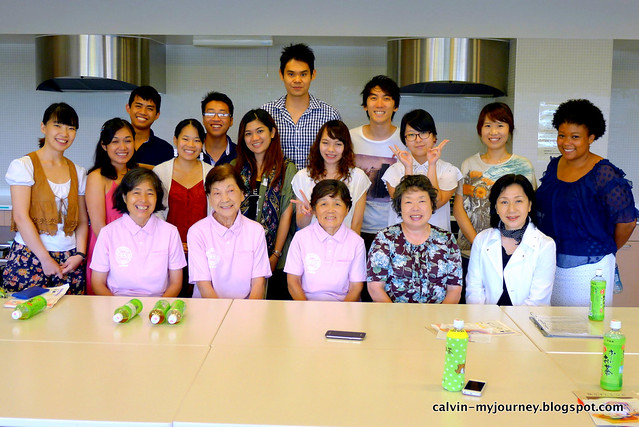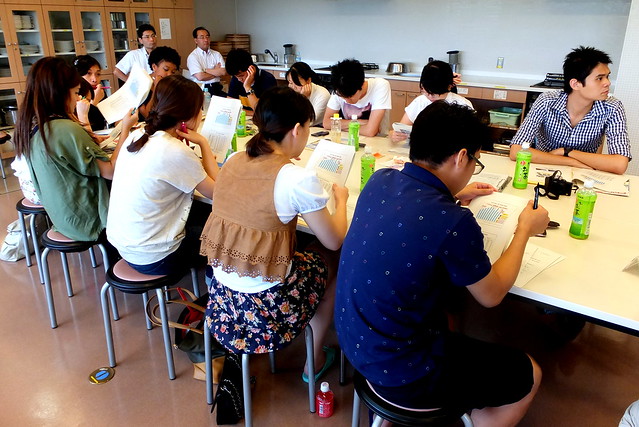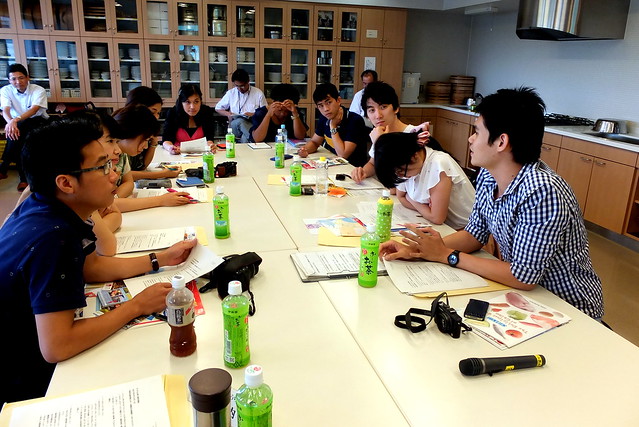"A lobster loves water,
but not when he's being cooked in it"
Senegalese proverb
Camels decorates the lamp posts around the Onjuku town.
Nestled
in a sweeping bay, Onjuku is one of the best-known small towns on the
Pacific coast of the Bōsō Peninsula in Chiba Prefecture. The little town
harbors a unique culture; in 1609 a Spanish galleon named the San
Francisco ran ashore near Onjuku and the surviving crew and captain
were cared for by the Japanese women of the town. They were later
offered a ship to return to Mexico. Now, tourists to the region can
admire a monolith, overlooking the sea, built to commemorate the
relationship between Mexico and Japan, but that's not the only Mexican
influence you can see within the town.
Onjuku,
although primarily a fisher's town, also accommodates the surfers, the
sunbathers and those who just want to ride a novelty banana-shaped
boat. There's a symbolic statue of Onjuku, which depicts a prince and
princess in Arabian garb riding on camels at the Onjuku beach. The
golden sandy beach with clear blue waters is certainly something worth
coming to wash away the stress from the city. The statue was erected to
celebrate the 1923 song, Tsuki no Sabaku, which was inspired by the area.
The famous camel statues of Onjuku by the beautifu beach overlooking the Pacific Ocean.
Oonoso, the restaurant we visited to have our lobster lunch.
The owner of Oonoso giving a
brief introduction about the treat we are gonna feast on very
soon.
We have known each other for
almost 4 years but I never had the chance to ask the name of this uncle
from Chiba TV. First knew him from the interview I had with Chiba TV in 2011 and we have met several times after that, especially during the
tours of Chiba Kun Ambassadors. He's a person who does his work quietly
but come out with spectacular results. Took a photo with him for one
last time at my last tour with the ambassadors, and in fact this is our
first time taking photo together.
The regional industry of commercial diving for abalone and lobster started around here, though low yields have caused a downturn recently. Until the 1960's, the abalone diving was done by young women called "ama" who dove with no breathing apparatus, and bare-chested. Cute lobsters adorning sombreros are everywhere, along with a cactus tree that welcomes beach-goers.
Onjuku
town has the largest catch of Japanese lobster in Japan, where the
season for the Japanese lobster begins from September. During this
period of the year, there is the annual Onjuku lobster festival (おんじゅく伊勢えび祭り),
which is held from early September until end of October. Visitors to
this festival will get to choose and grab fresh lobsters by the hand and
eat grilled lobster on the spot.
One of the traditional Japanese inn in this town is Oonoso (大野荘), which specialises on lobster dishes. In a collaboration with Isumi Railway (いすみ電鉄), they come out with Iseebi Bento (伊勢えび弁当), or literally "Japanese Spiny Lobster Bento". The main is the lobster freshly caught from the Sotobo region, which is prepared by the onigarayaki (鬼殻焼き) method. The back of the lobster will be cut open and glazed with a special sauce prepared using the authentic recipe of Oonoso, and finally grilled in oven with the shell still intact.
Other fresh seafood and cooking materials from the region are used to prepare the side dishes that complete this wonderful set of bento. Among others are Sotobo's grilled shiokoji marlin (kajikimaguro sakekasu-shio-koji-yaki, カジキマグロの酒粕塩麹焼き), Isumi's tosani boiled shiitake mushroom (椎茸の土佐煮), boiled sweet potato with honey (さつま芋の蜜煮), sangayaki (さんが焼き), egg plants with sea bream cooked with miso (秋茄子の鯛味噌のせ), green beans with peanuts (いんげんのピーナツ和え), boiled hijiki (ひじきの煮物), flower-shaped lotus root (花蓮根), kinshi-tamago or tinsel egg (錦糸卵) and vinegar rice (彩酢飯).
Besides serving authentic lobster meals, the visitors who are interested can also learn how to make cute little dolls, which are hung from the ceiling. These dolls are called tsurusibina (つるし雛). There is a festival for this dolls in February and March every year, where participating restaurants will be beautifully decorated with these dolls.
So if you're looking for a relaxing weekend away or just a historical spot to explore, Onjuku has more than it's modest square footage might suggest.
Address: 775 Shinmachi, Onjuku-machi, Isumi-gun, Chiba Prefecture, 299-5103 Japan (千葉県夷隅郡御宿町新町775)
Oonoso Iseebi Bento: 1,600 yen (reservation is required 2 days prior to visit)
Tel: 04-7068-5511 Fax: 04-7068-6455
Freedial: 0120-049-551 (not applicable via mobile phone)
Website: http://www.oonoso.co.jp/ (Japanese only)
Facebook: https://www.facebook.com/pages/%E5%A4%A7%E9%87%8E%E8%8D%98/234020543345236
Access: Train: From JR Onjuku station (JR御宿駅), walk for approximately 10 minutes.
Assorted fruits as desserts.
Pickles or tsukemono (漬物).
Boiled green beans, miso egg plant, sweet potato.
Boiled hijiki with carrots and aburaage (deep-fried slices of tofu).
Chawamushi, which has a very tender texture and sweet aroma of eggs.
The bowl of chawamushi has
among others, lobster, shiitake mushroom, ginkgo seeds and
lily roots, and by far one of the best that I have ever
tasted.
Vinegar rice with shiitake
mushroom, flower-shaped lotus roots and tinsel eggs.
This is the main of the
whole meal - freshly grilled Japanese spiny lobster or iseebi with sangayaki, a regional dish from Chiba made of minced fish.
The complete dishes of the Japanese spiny lobster bento set.
Another angle of the sumptuous meal.
Generally, this bento is
packed in a box like this, but for our visit this time, it was specially
prepared in individual servings.
Trying to get the best shot
for blogging later on hahaha! (photo credit: Ayako
Uchiyama).
One of the traditional Japanese inn in this town is Oonoso (大野荘), which specialises on lobster dishes. In a collaboration with Isumi Railway (いすみ電鉄), they come out with Iseebi Bento (伊勢えび弁当), or literally "Japanese Spiny Lobster Bento". The main is the lobster freshly caught from the Sotobo region, which is prepared by the onigarayaki (鬼殻焼き) method. The back of the lobster will be cut open and glazed with a special sauce prepared using the authentic recipe of Oonoso, and finally grilled in oven with the shell still intact.
Other fresh seafood and cooking materials from the region are used to prepare the side dishes that complete this wonderful set of bento. Among others are Sotobo's grilled shiokoji marlin (kajikimaguro sakekasu-shio-koji-yaki, カジキマグロの酒粕塩麹焼き), Isumi's tosani boiled shiitake mushroom (椎茸の土佐煮), boiled sweet potato with honey (さつま芋の蜜煮), sangayaki (さんが焼き), egg plants with sea bream cooked with miso (秋茄子の鯛味噌のせ), green beans with peanuts (いんげんのピーナツ和え), boiled hijiki (ひじきの煮物), flower-shaped lotus root (花蓮根), kinshi-tamago or tinsel egg (錦糸卵) and vinegar rice (彩酢飯).
Small dolls which are hand-made for the Hinamatsuri celebration.
It takes several days to
complete one doll, according to the owner.
One of the dolls at the
restaurant which resembles the shape of lobster.
Visitors to this restaurant will certainly be impressed by the colourful tsurusibina dolls.
More tsurushibina dolls inside the restaurant.
Besides serving authentic lobster meals, the visitors who are interested can also learn how to make cute little dolls, which are hung from the ceiling. These dolls are called tsurusibina (つるし雛). There is a festival for this dolls in February and March every year, where participating restaurants will be beautifully decorated with these dolls.
So if you're looking for a relaxing weekend away or just a historical spot to explore, Onjuku has more than it's modest square footage might suggest.
The owner of Oonoso having a
group photo with the Chiba Kun Ambassadors. Thanks a lot for the
wonderful lunch! (photo credit: Ayako Uchiyama).
※ INFORMATION ※
Oonoso (大野荘)Address: 775 Shinmachi, Onjuku-machi, Isumi-gun, Chiba Prefecture, 299-5103 Japan (千葉県夷隅郡御宿町新町775)
Oonoso Iseebi Bento: 1,600 yen (reservation is required 2 days prior to visit)
Tel: 04-7068-5511 Fax: 04-7068-6455
Freedial: 0120-049-551 (not applicable via mobile phone)
Website: http://www.oonoso.co.jp/ (Japanese only)
Facebook: https://www.facebook.com/pages/%E5%A4%A7%E9%87%8E%E8%8D%98/234020543345236
Access: Train: From JR Onjuku station (JR御宿駅), walk for approximately 10 minutes.


